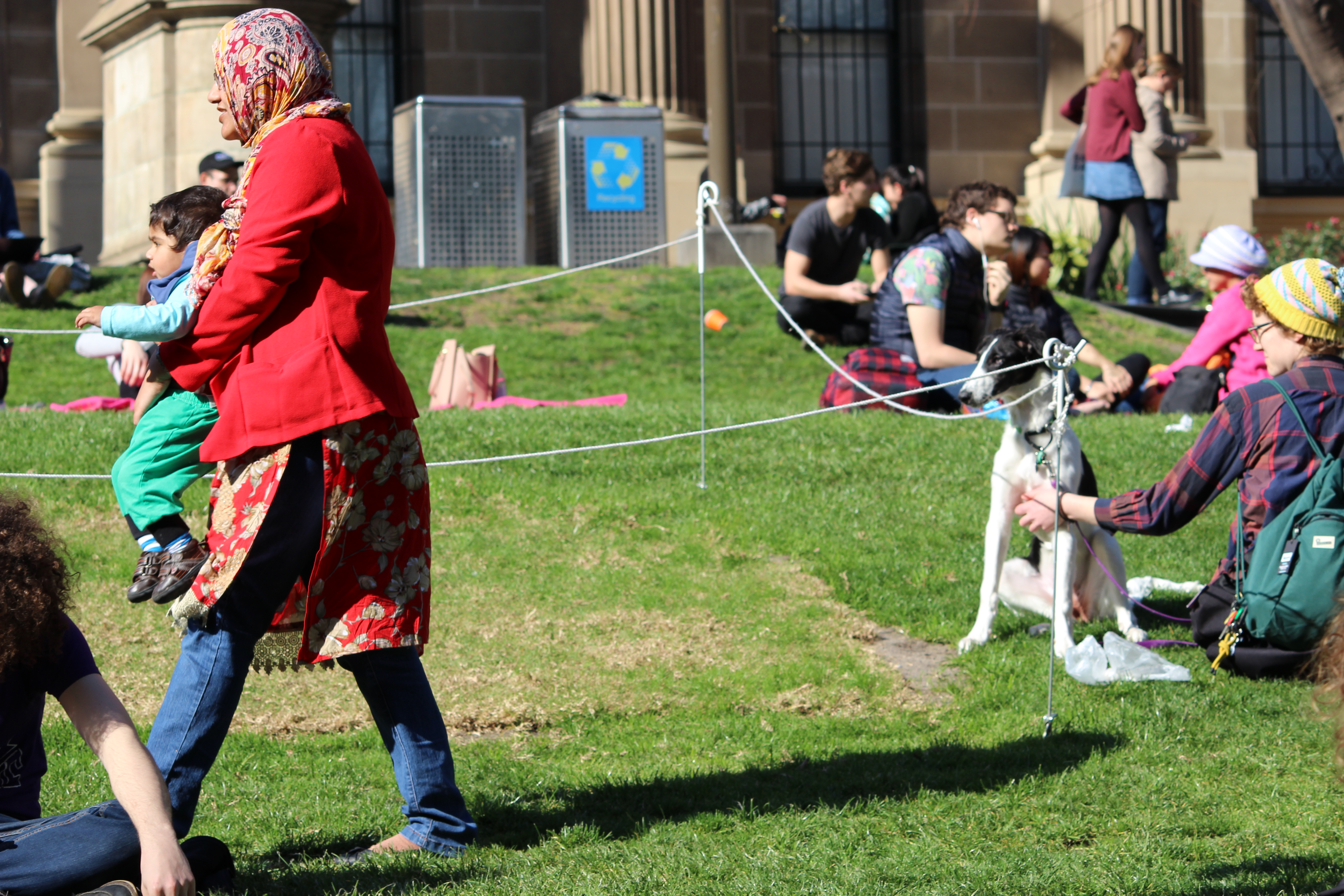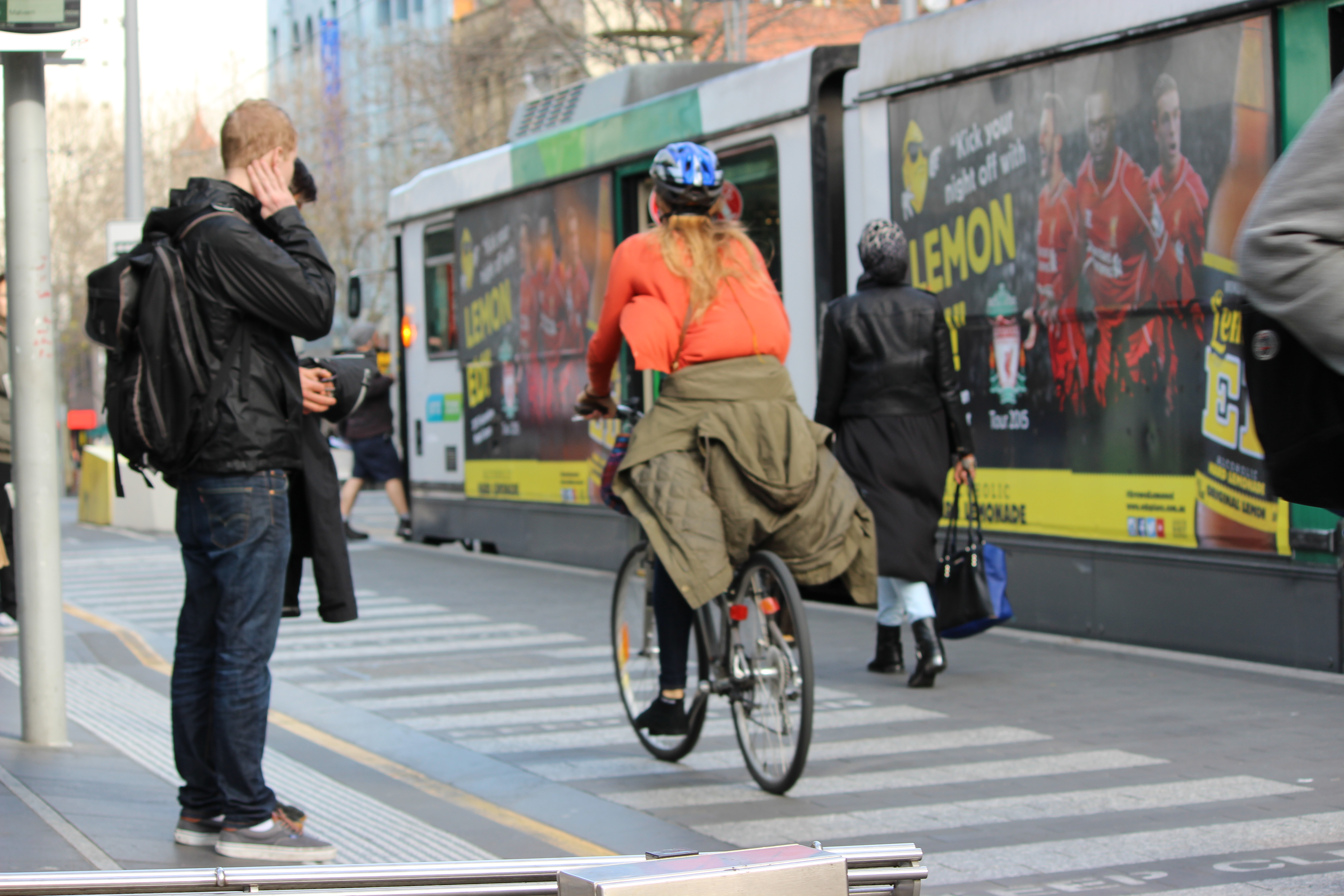Currently on television, reality tv shows seem to be the newest fad. Shows are popping up everywhere trying to put a spin on even the most mundane experiences. Cooking dinner, losing weight, running a business, and even watching television itself! Shows such as The Biggest Loser capitalises on unhappy, overweight individuals, couples and families looking to shed their excess weight, and is an international coproduction with many different international versions, the two largest being American and Australian. Gordon Ramsay’s Kitchen Nightmares, America’s Next Top Model, Farmer Wants a Wife, Big Brother, I’m a Celebrity Get Me Out Of Here, Survivor, The Amazing Race, The Block… The list goes on! But one of the most talked about reality franchise in Australia right now would have to be the Bachelor/Bachelorette franchise.
In Week 10, the cement-faced monster Blake Garvey was addressed, who notoriously picked hot blondie Samantha Frost as his winner, proposing to her, before promptly shutting her down after the season had ended and breaking her heart to pursue a previous contestant.
The Bachelor is a show which takes one seemingly eligible single man, and making him the centre of attention to 20 odd girls who are dumped in a house together where they sit around and wait for him to pick them out of single or group dates so that he can find “the one”. The attraction of this show lies in firstly, the attractiveness of the Bachelor (us ladies love us a hot bachie) and additionally, the drama that comes along with 20 girls in one house all dating the same man, who seem to sometimes forget that they are not the only ones dating the Bachelor and consequently get upset or jealous when he spends time with the other ladies.
As self confessed, complete and utter sucker for drama, I am also a complete and utter sucker for reality television. And the main reason I would say so is because I love the excitement of the drama; particularly, when I’m not involved in it. Reality TV is great at picking the most ridiculous characters and filming 24/7 before editing and cutting bits and pieces together to create a preposterous storyline. ‘Characters’ are created by producers who cleverly cut and edit footage as they please, and throughout filming they have a heavy say in who says what and retakes, etc. Nevertheless, despite knowing this- I was sure to turn on the tele at the exact time I heard Osher’s voice and the opening theme for the Bachelor/Bachelorette. Ignoring the fact that the genre is “reality”, these shows are popular and draw in their target audiences because they are dramatic. Each week is exciting, and each week there is a new bit of gossip- As I said before, there is a strong excitement about drama when you’re not in it. And the typical target audience being females aged 16-34, we love it.
The main question, is whether or not reality television can even be considered “real”…!?!? As audience members, know scripts are partially written, and we know people are told to say certain things or act a certain way- but at the end of the day, when there are life decisions to be made or prize money at stake… how can we judge a person for their “natural” reactions and their behaviours on television? If I were up for $1,000,000, there’s a whole bunch of stuff I’d do without question. Would I do it because my intentions were good? Or would I do it because I have zero dignity? OR would I have not done it at all, and it was simply edited in a way that made me fill a certain role in the programme? Where the Blake Garvey is concerned, it would appear that he did it for publicity rather than for love; as he made claims (or excuses, rather) that the producers “made him do it” more or less. when asking him to propose to Sam despite him having feelings for Louise. But how much we know is true and how much we know to be fake, is left wherever we suspend disbelief. So where do we draw the line between Reality TV and Drama? You know what they say though, any publicity is good publicity… And now Blake Garvey is on Celebrity Apprentice and every time I see his smug monotonous, droopy face I curse out loud- even though I hate him and Celeb Apprentice… I still hate watch and give him attention because I HATE HIM THAT MUCH (see how invested I am in the franchise?! I’ve been sucked in!)
However, reality television is an easy production template for networks looking to fill holes in their programming or ensure they get good ratings. International co-productions such as Big Brother, The Voice, Survivor, The Amazing Race, The Bachelor and Geordie/Jersey Shore, are productions which grew successful in their country of origin, before being coproduced and taken overseas where television ratings can be predicted ever-so-slightly more accurately. By doing this, reality television remains a love-to-hate staple television genre that I hope stays forever and ever.


 What interested me the most about this situation was that I noticed that children were a lot more proactive in asking for what they wanted- they do the things that we as adults feel like we cannot “get away with”, or things that we generally avoid in public. For example, children often throw tantrums in shopping centres when they cannot get what they want. Their explosion of emotion is something that we as adults feel we cannot do in a similarly emotive situation, even if we feel the urge to. As we develop from child to adult, we learn about social norms and rituals, which tell us that we can’t ask a stranger to share their lollies with us, or feel totally shameless about crying in public. As we grow older we care more what people think of us, and place pride and dignity above our truest desires. Where adults act how they think society wants them to act, children act however they want to and how they feel, not worried what others think of their behaviour.
What interested me the most about this situation was that I noticed that children were a lot more proactive in asking for what they wanted- they do the things that we as adults feel like we cannot “get away with”, or things that we generally avoid in public. For example, children often throw tantrums in shopping centres when they cannot get what they want. Their explosion of emotion is something that we as adults feel we cannot do in a similarly emotive situation, even if we feel the urge to. As we develop from child to adult, we learn about social norms and rituals, which tell us that we can’t ask a stranger to share their lollies with us, or feel totally shameless about crying in public. As we grow older we care more what people think of us, and place pride and dignity above our truest desires. Where adults act how they think society wants them to act, children act however they want to and how they feel, not worried what others think of their behaviour.

